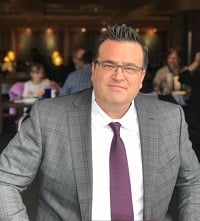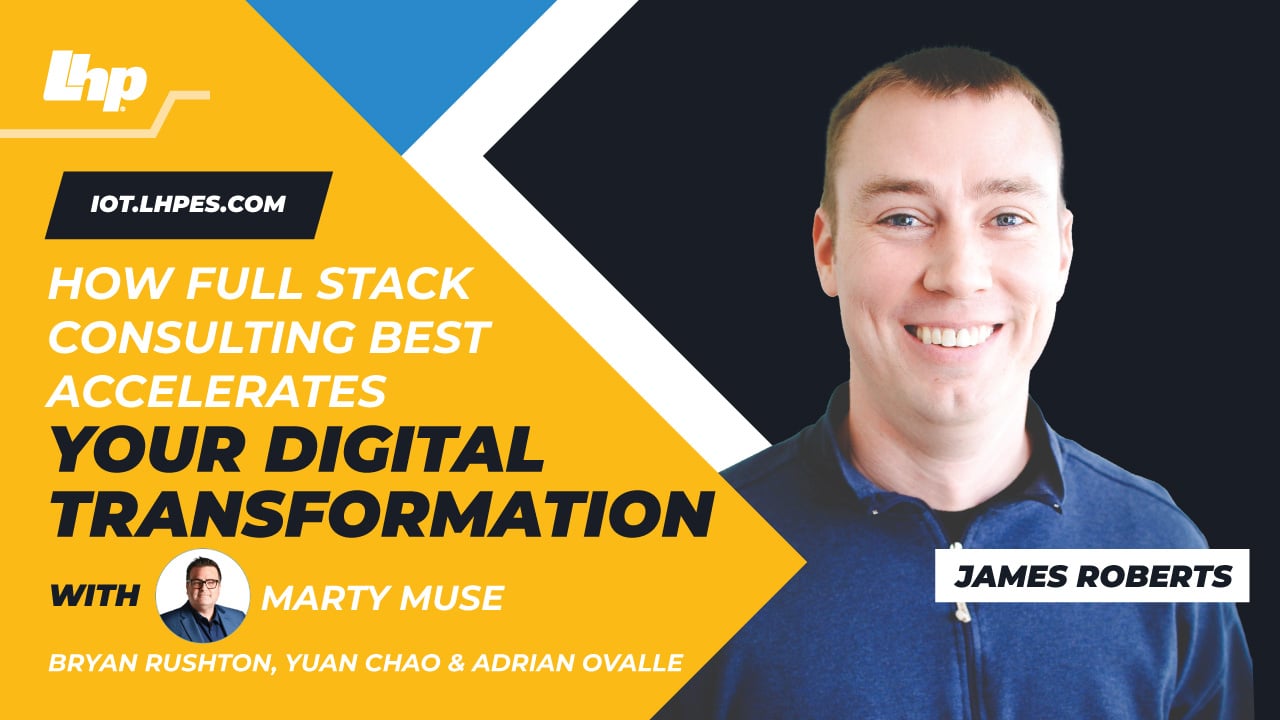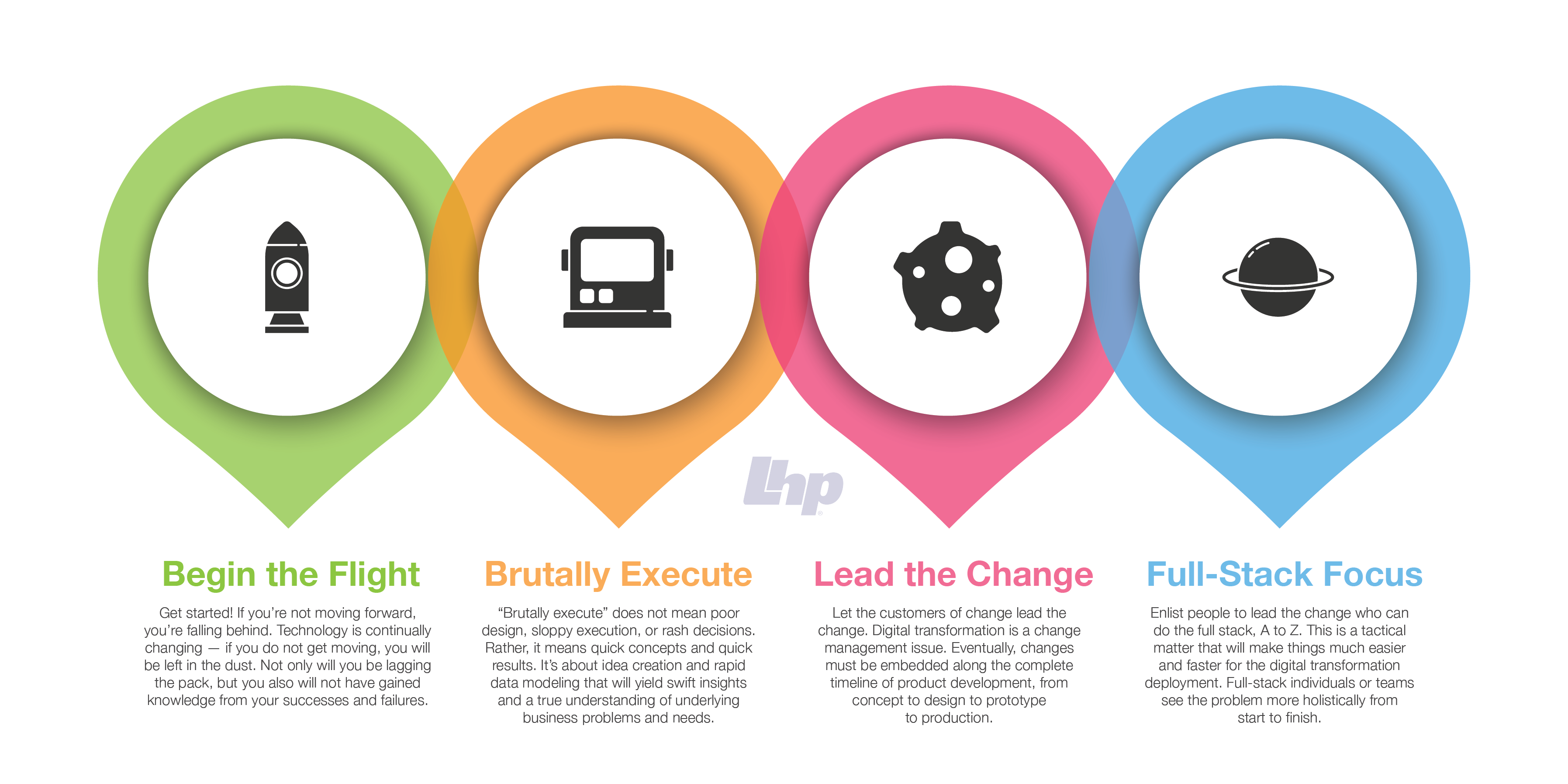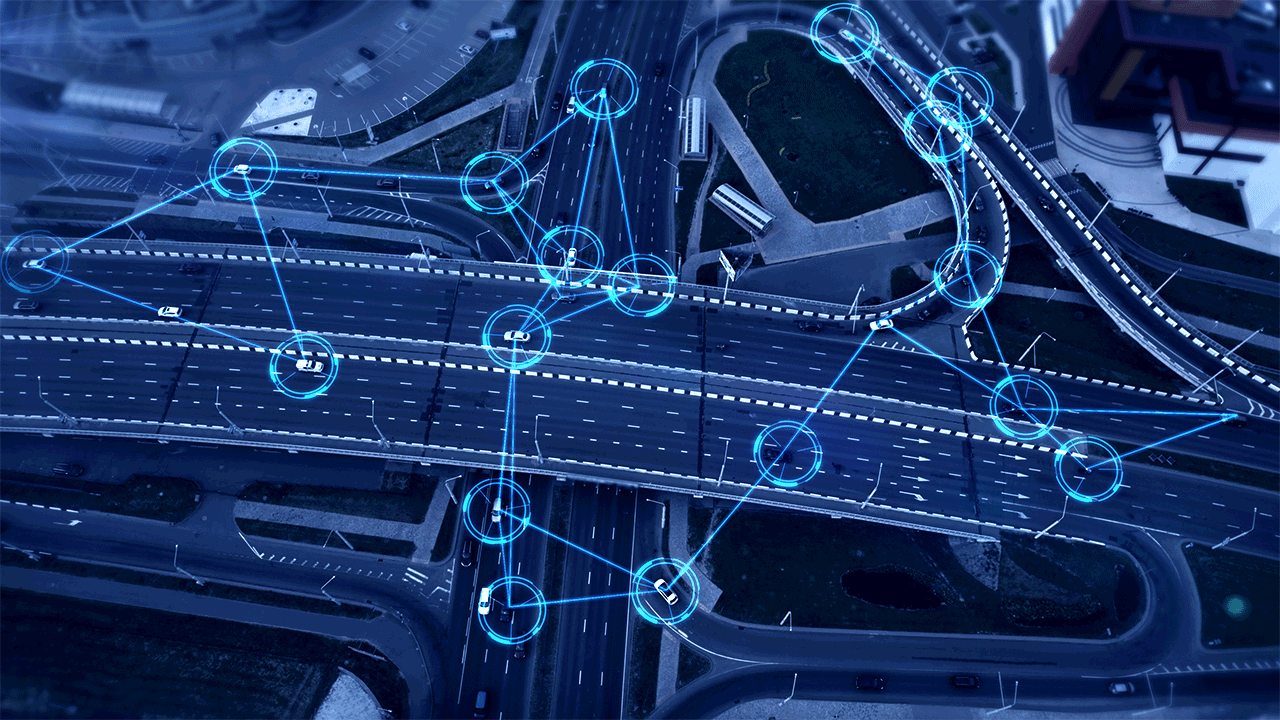Infographic: Digital Transformation — Four Keys to a Successful Launch
Digital Transformation — Four Keys to a Successful Launch A digital transformation alters how a company does business. It’s a big move that affects...
Unlock Engineering Insights: Explore Our Technical Articles Now!
Explore the World of Software-Defined Vehicles – Tune in to Driven by Code!
Unlock a Wealth of Knowledge – Explore Our eBooks, Whitepapers, and More!
Stay Informed and Inspired – Watch Our Webinars and Videos Now!
8 min read
 Marty Muse
:
Jul 7, 2021 9:22:28 PM
Marty Muse
:
Jul 7, 2021 9:22:28 PM

Table of Contents
Data analytics is a discipline that enables organizations to extract meaningful insight from their data. This includes the analysis, collection, organization, and storage of data, as well as the tools and techniques used to perform these tasks. In this realm, the term full-stack refers to a group of programming languages and tools in which a developer gains competence, to properly execute both the front-end and back-end development of a website.
To gain this competence, full-stack consultants must learn multiple languages related to web development, along with foundation concepts in web design. Therefore, a full-stack consultant is essentially a web designer with experience creating websites and applications that can be interacted with and viewed in any web browser or mobile device.
In this interview, Marty Muse, the Vice President of Revenue Operations & Marketing at LHP Engineering Solutions, discusses digital transformation, data analytics, and full-stack consulting, with the following:
Marty Muse:
I'm very excited to be joined today by James Roberts, the President of the LHP Analytics & IoT business unit within LHP, and we are also joined by Bryan Rushton, the Director of Operations. We'll jump right in and ask James to give us an overview of LHP Analytics & IoT and the offerings that you have.
James Roberts:
As the name implies, we do a lot of work with data analytics. That's the problem we were founded to solve. That includes everything from descriptive statistics to machine learning, to artificial intelligence, which goes all the way to the predictive and prescriptive analytics for the solutions for our customers.
One of the things our customers said was, “Hey, we don't even have the data to do the analytics.” So, we have continued to branch into the full spectrum.
We do a lot of IoT and connectivity work to get that data, to create the MSA, the Measurement System Analysis. We've shifted into digital transformation now, and it's end to end, really helping our customers get that information, to get outcomes from their information and their data.
Marty Muse:
That's awesome. Speaking of digital transformation, Bryan, I want to ask: James has just mentioned several different keyword buzzwords, very important information related to your field. What are the actual pain points that customers tend to routinely come to you with?
Bryan Rushton:
I'd say that generally, they will simply come to us saying, “I can't get to my data and I need it,” or, “I have all this data, and I don't know what to do with it. Can you come in and help us outline a plan where we can start to harvest some value from this critical asset? We're just not getting the value that we should be from it.”
Marty Muse:
And then, James, how do we help them with that technology integration? How do we help them bridge the gap?
James Roberts:
We do everything from the strategy to enablement, looking at it from a top-down approach and from a bottom-up execution approach. Some of our customers have a strategy already in place. They have a huge industrial IoT working group, and they come to us to help execute.
Because we have done it before, we know how to get from A to Z. A to B is not hard, and B to C is not hard, but A to Z is difficult. We can step them through all of that. And through that process, we help them with managing the complexity. We really take a full-stack consulting view of the problem.
We get people that can work in the cloud, understand databases, and understand all of the data science work that goes behind it. We have data engineers that connect the dots and the streams of data, all the way to the web developers if you need to create a website to harvest more information or to create fleet management solutions. The full stack, end to end. We can be that provider that doesn't lose touch throughout their whole journey.
Marty Muse:
And that's a very important key point there. I want to talk more about full-stack consulting, What exactly is a full-stack consultant? What does that consultant do, day in and day out?
James Roberts:
In the technology world, it is literally a top-to-bottom vertical representation of the skill sets. Some people may be extremely talented at databases. Some may be very good at integrating the data. Some people are very good web designers, and some are very good at analytics. We get people that are really good at all those things, that can connect it all, and see it end to end. It gives more value to the customer when there are fewer handoffs. There is more cohesiveness in the design and the architecture throughout the process. One person who can solve a multitude of problems, instead of saying, “Oh, that's not in my realm.”
We find that this approach really benefits our customers. They respond very well. It's not a new technique, not a new concept. We get good, well-rounded people that are a pleasure to do business with.
Marty Muse:
So let's bring in Adrian Ovalle and Yuan Chao, two full-stack consultants working for LHP Analytics & IoT. Guys, what does your typical day look like, day in and day out, as a full-stack consultant?
Adrian Ovalle:
Well, it starts early in the morning, taking a look into my calendar to see what is on the schedule that day. As part of the culture of the client that I am working with right now, we have a daily stand-up meeting with the whole team.
There, we manage the tickets that we have, try to see what's up, and prioritize on the calendar as well. After that is done, it depends. We're also doing pair coding, which is also part of the culture of the customer, and sometimes we do solo coding. So, it depends. I do work with a co-worker. I meet with him to schedule our work and tackle all those tickets that we have on the table.
Yuan Chao:
Similar to what Adrian mentioned, we do have daily stand-ups as well. We have two daily stand-ups, to go over some of the issues we have with development and some of the new features that we want to implement. That is the time we use as a team to discuss issues and bring any issues we have to the table.
Other than those two daily team stand-ups, a couple of times a week we have a meeting with the business team to discuss the requirements for future enhancements, just to make sure everyone is on the same page. The rest of the time, I am either paired programming or, like Adrian mentioned, writing code by myself, whether it is to the front end or to the back end.
Marty Muse:
I'm interested in learning more about how the two of you got to this point in your careers. What has led up to your role as a full-stack consultant?
Yuan Chao:
I graduated from Purdue with a Bachelor of Science in Computer Engineering. I've had pretty good exposure to learning coding, not only through my college experience but also, through my work experience. I've always been interested in creating applications. Being able to create an application from scratch means you need to know both the front end and back end, which is how I got involved in full-stack development. And then, through my work experience, whether it's through my current client or with other clients, I've had to do full-stack development as well.
Adrian Ovalle:
I have a Bachelor's degree in Computer Science from the University of Houston. I got my first job with a small Japanese company, where I used to do front-end and back-end work. That company was focused on the automotive industry. There, I used to work with C#, JavaScript, Java, and SQL.
I joined the steel industry. I explored a very exciting project over there, which was related to Factory 4.0. We were using these big platforms to integrate all systems into different dashboards that we created there.
This gave me the opportunity to talk to the customer on the front line. I had to go through the whole factory and the plant and put on my PPE and talk to all the people that were using those dashboards. I listen to their feedback and tried to put that feedback into my dashboards, and add it to the progress that we were creating over there. Then I joined LHP. Right now, we have a customer who is also one of the big three in Detroit. That gives me the experience of working once again in the automotive industry.
Marty Muse:
Can you talk to us a little bit about the technologies and platforms that you use day in and day out, in your role?
Adrian Ovalle:
We started using a platform called ThingWorx from PTC. Also, we are using PI System Historian as well as MQTT to manage the back end of the project, as well as SQL. Those were mainly the tools that we were using back in the day. But starting last year, our customers decide to go on to other platforms. Therefore, now, for the front end, we are using Angular, and most of the work is being done on that platform. For the back end, we are using MongoDB as well as Spring Boot.
All of these tools are implementing the RESTful architecture, as well as representational state transfer architecture. So, those are, right now, the main tools that we are using with our current client.
Yuan Chao:
Similar to what Adrian said, the client we are currently working with did use Thingworx in the beginning as well. But, we slowly migrated to a framework called Angular for the front end, which is where we're using TypeScript.
And then for the back end, we're using Spring Boot. For our database, we're using SQL Server, but we're slowly migrating to MongoDB similar to what Adrian mentioned. So, that's the stack that we're using for our client.
Marty Muse:
I'd like to know more about the projects you're working on and the successes that you're having.
Yuan Chao:
The project I'm working on right now with my client is, we are digitizing their production system on the plant floor. Not only replacing their paper process with the digital version on a tablet or on a PC, but we are also implementing new features that they don't currently have.
Some of the features could be an issue escalation system that they don't really have right now. On the platform, they have verbal communication. Instead of an application that tracks these issues, they have to physically go to each other and communicate those issues. So, that is one of the big use cases that we're developing right now.
So far, we've gotten really good feedback. We've deployed the application to one of the plants. The users, really, really like it. And I think by the end of the year, we're planning to deploy the application to multiple other plants. So, hopefully, this rollout, will help their workday and improve the process.
Marty Muse:
Adrian, tell us more about the customers that you're working for and the successes that you're having currently.
Adrian Ovalle:
We're also trying to migrate a lot of dashboards that our current client has tried to make and get them into these new systems that we're creating, always applying the IoT Manufacturers 4.0 principle. Across all those dashboards that we're creating, as Chao was saying, somebody right now is still using paper and pen. So, we're trying to migrate all those.
Also, regarding the dashboards that currently exist on the system, we're trying to migrate them into this new platform. The good thing about these dashboards is that some of them, give a lot of time back for the plant and the production, which means that we're saving money for the client.
These dashboards can also predict or make suggestions to managers at the plant and tell them which operator is the best for a specific station, according to the experience that they have and skills that they have. These dashboards can tell the managers who is on a machine, or who is on the way to the station. So, they can make those decisions right there before starting the shift, which is saving them a lot of time.
When you have a plant that is creating trucks every 50 seconds, time is money. These dashboards are giving them back those savings.
Marty Muse:
That's great to hear. Both of you are a tremendous asset to LHP Analytics & IoT. And certainly, you are providing immense value around digital transformation for our clients.
If any of our audience today is interested in learning more about Industry 4.0 and digital transformation, and how we can help you with your full-stack development and full-stack consulting needs, please visit: www.lhpiot.com

Digital Transformation — Four Keys to a Successful Launch A digital transformation alters how a company does business. It’s a big move that affects...

How Does Big Data Impact the Automotive Industry?

How Do Data Driven Insights Inform Data Optimization?